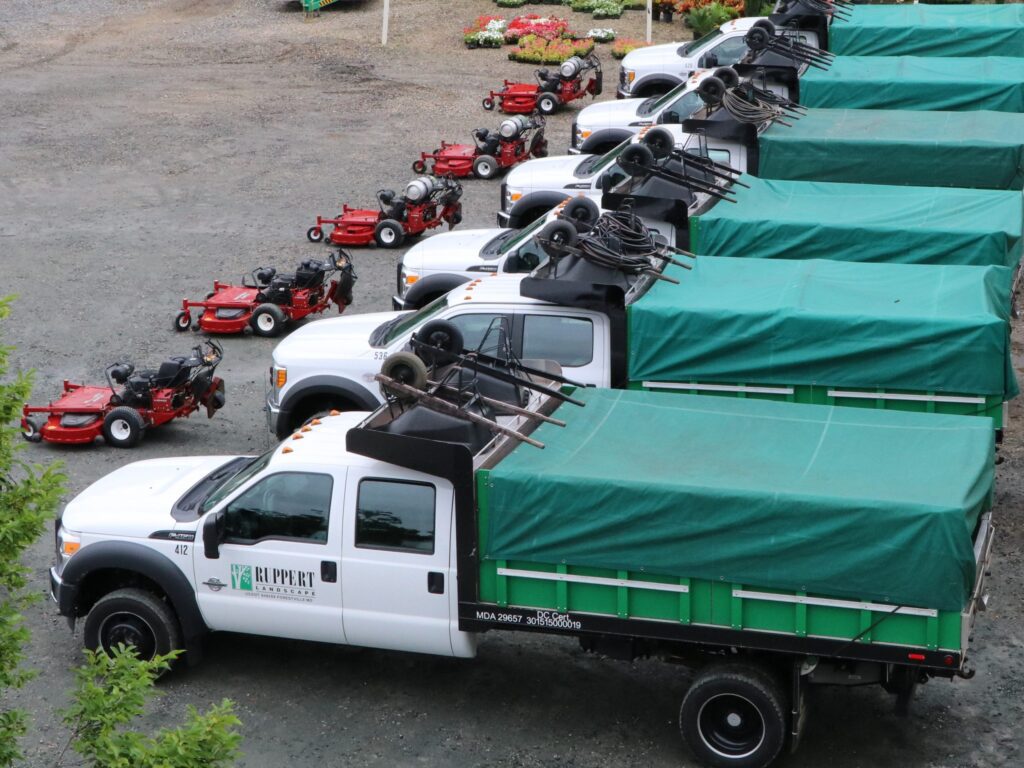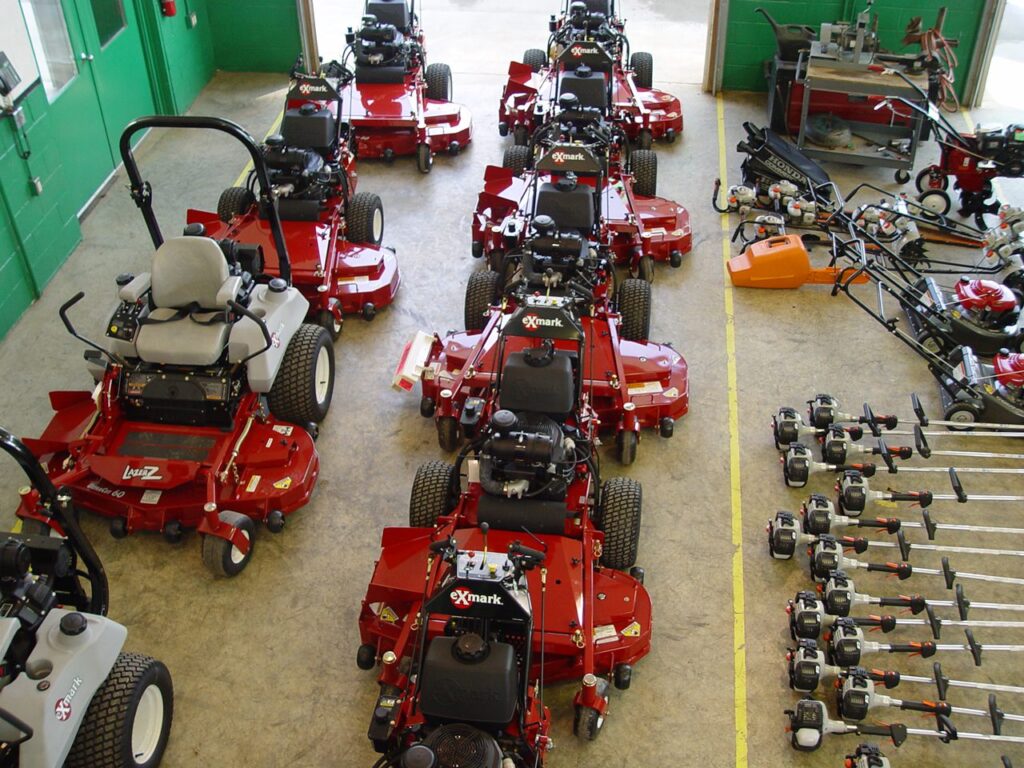By: Greg Franklin, Director of Fleet & Facilities
 There are many ways for a company to manage their fleet, from leasing equipment to owning their assets. While leasing has its advantages (flexibility, lower upfront costs, outsourced maintenance) and disadvantages (higher long-term costs, lack of equity, dependency on dealer for repairs), we have always chosen a strategy that involves owning our own vehicles and equipment, and in many cases our facilities. This strategy has proven to be more cost-efficient and beneficial in the long run, and it allows us to take ownership and harbor a sense of pride and responsibility for our equipment’s life cycles.
There are many ways for a company to manage their fleet, from leasing equipment to owning their assets. While leasing has its advantages (flexibility, lower upfront costs, outsourced maintenance) and disadvantages (higher long-term costs, lack of equity, dependency on dealer for repairs), we have always chosen a strategy that involves owning our own vehicles and equipment, and in many cases our facilities. This strategy has proven to be more cost-efficient and beneficial in the long run, and it allows us to take ownership and harbor a sense of pride and responsibility for our equipment’s life cycles.
 While it certainly is exciting to get a new truck, trailer, or mower, prolonging the life of these assets aids in lowering our equipment overhead, which in turn translates to savings we can pass on to our customers. Creating a plan that prolongs asset life through maintenance and continuous care of our fleet is one of the main objectives in our shops. We put great emphasis on developing and executing maintenance schedules for each piece of equipment. This helps extend equipment life so we can obtain the greatest possible value from each piece. Owning our equipment also helps us retain a certain amount of equity, because although we may determine an asset no longer meets the Ruppert standard, in most cases we will still sell an asset and recover some of our initial costs at the end of its life cycle.
While it certainly is exciting to get a new truck, trailer, or mower, prolonging the life of these assets aids in lowering our equipment overhead, which in turn translates to savings we can pass on to our customers. Creating a plan that prolongs asset life through maintenance and continuous care of our fleet is one of the main objectives in our shops. We put great emphasis on developing and executing maintenance schedules for each piece of equipment. This helps extend equipment life so we can obtain the greatest possible value from each piece. Owning our equipment also helps us retain a certain amount of equity, because although we may determine an asset no longer meets the Ruppert standard, in most cases we will still sell an asset and recover some of our initial costs at the end of its life cycle.
Each of our branches is equipped with the same line of equipment—everyone gets the same truck, the same trailer, and the same mowers. Consistency allows us to leverage our buying power, keep lower inventory levels in our shops for replacement parts, and standardize our training so that we don’t need to train crews or mechanics on the workings of multiple manufacturer products.
 Another advantage to owning our equipment is that we are able to exercise more control over our image, which is an important piece of our culture as we strive to set an industry standard when it comes to presentation. Through regular maintenance, coupled with our reconditioning process, vehicles and equipment go through a multipoint inspection for repairs and upkeep that includes cleaning, painting, and providing preventative maintenance. Our trucks and trailers are washed weekly and receive a fresh coat of wax three times per year. This attention to detail helps us set an expectation with our customers before we even step foot on their property – when they see a clean truck, a well-dressed crew, and clean, organized equipment, there is an expectation that they will receive high-quality service. As our Ruppert Values states, “the resources we commit to our image are more than offset by increased efficiency, higher morale, elevated company pride, and additional value to the customer.” This is the value that we aim to bring to our coworkers and our customers by maintaining our own fleet of high-performing tools, equipment and vehicles.
Another advantage to owning our equipment is that we are able to exercise more control over our image, which is an important piece of our culture as we strive to set an industry standard when it comes to presentation. Through regular maintenance, coupled with our reconditioning process, vehicles and equipment go through a multipoint inspection for repairs and upkeep that includes cleaning, painting, and providing preventative maintenance. Our trucks and trailers are washed weekly and receive a fresh coat of wax three times per year. This attention to detail helps us set an expectation with our customers before we even step foot on their property – when they see a clean truck, a well-dressed crew, and clean, organized equipment, there is an expectation that they will receive high-quality service. As our Ruppert Values states, “the resources we commit to our image are more than offset by increased efficiency, higher morale, elevated company pride, and additional value to the customer.” This is the value that we aim to bring to our coworkers and our customers by maintaining our own fleet of high-performing tools, equipment and vehicles.